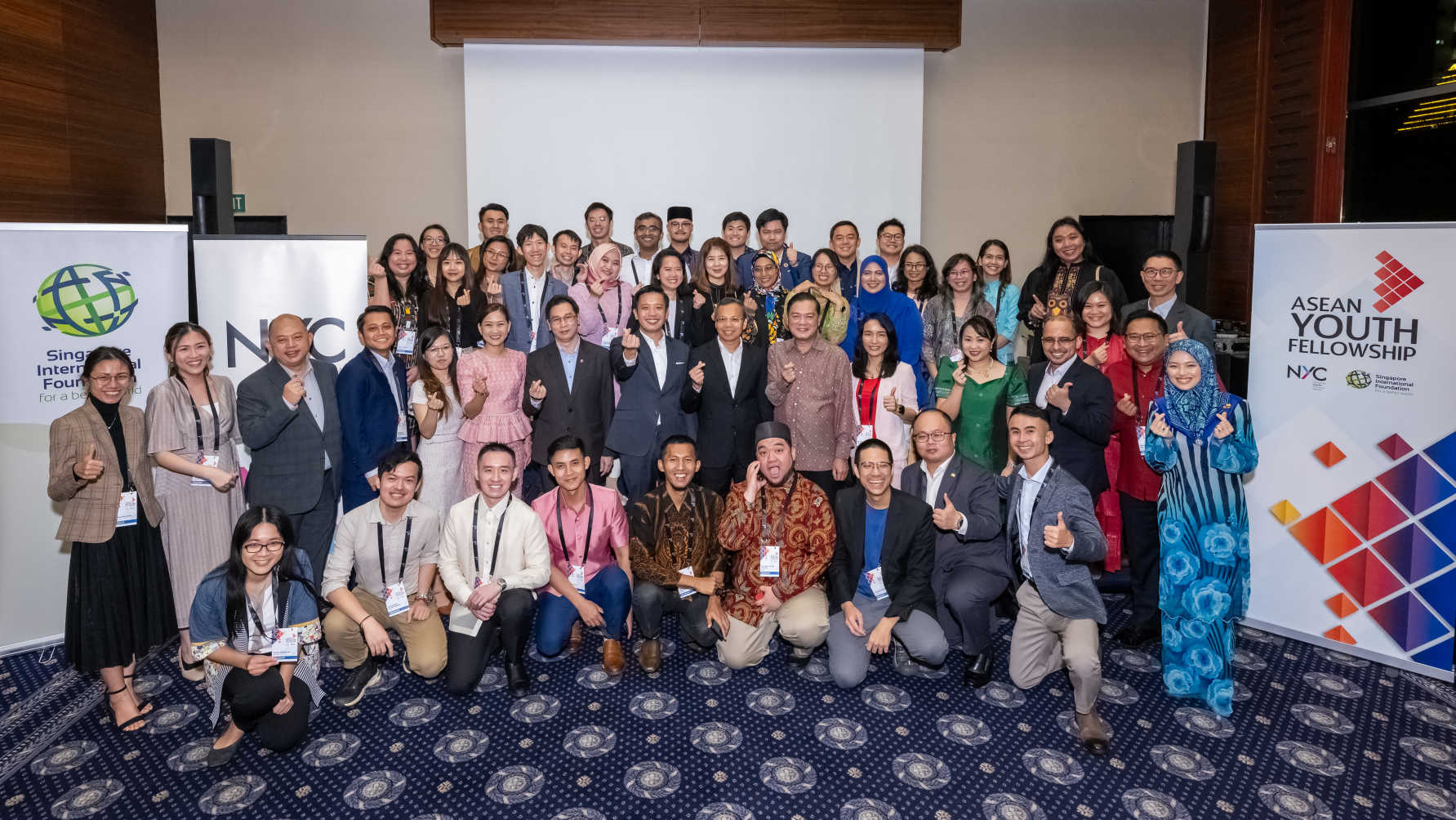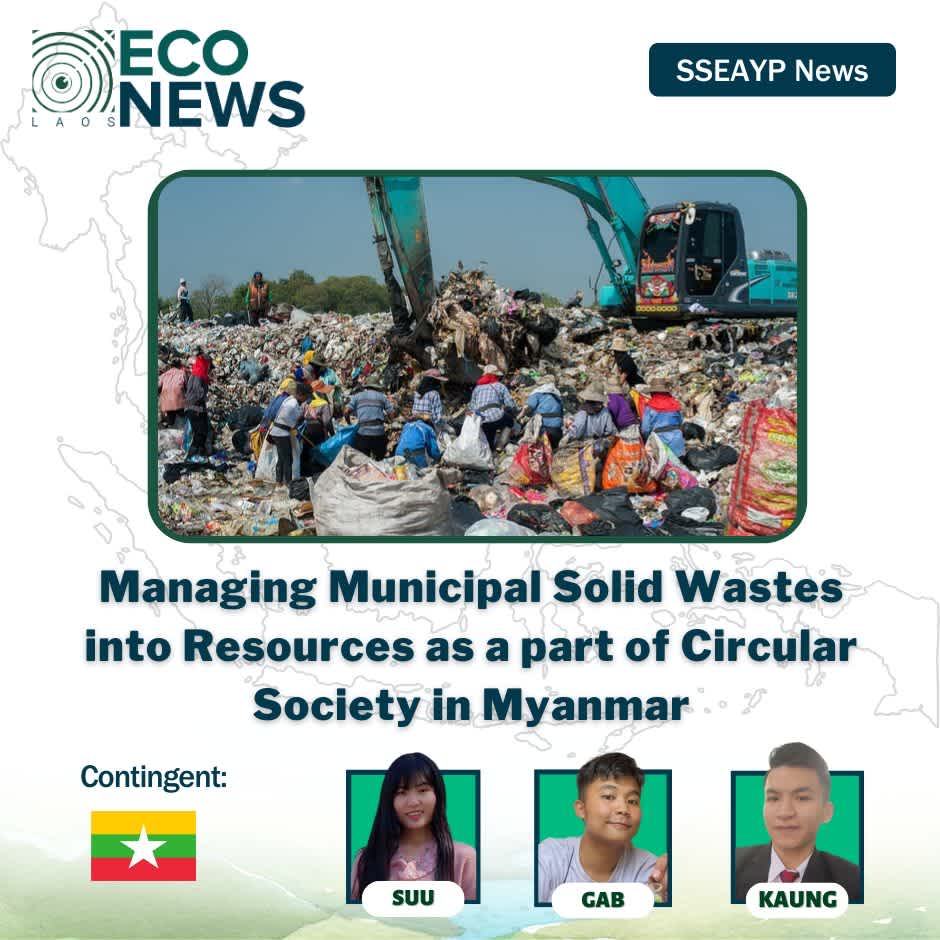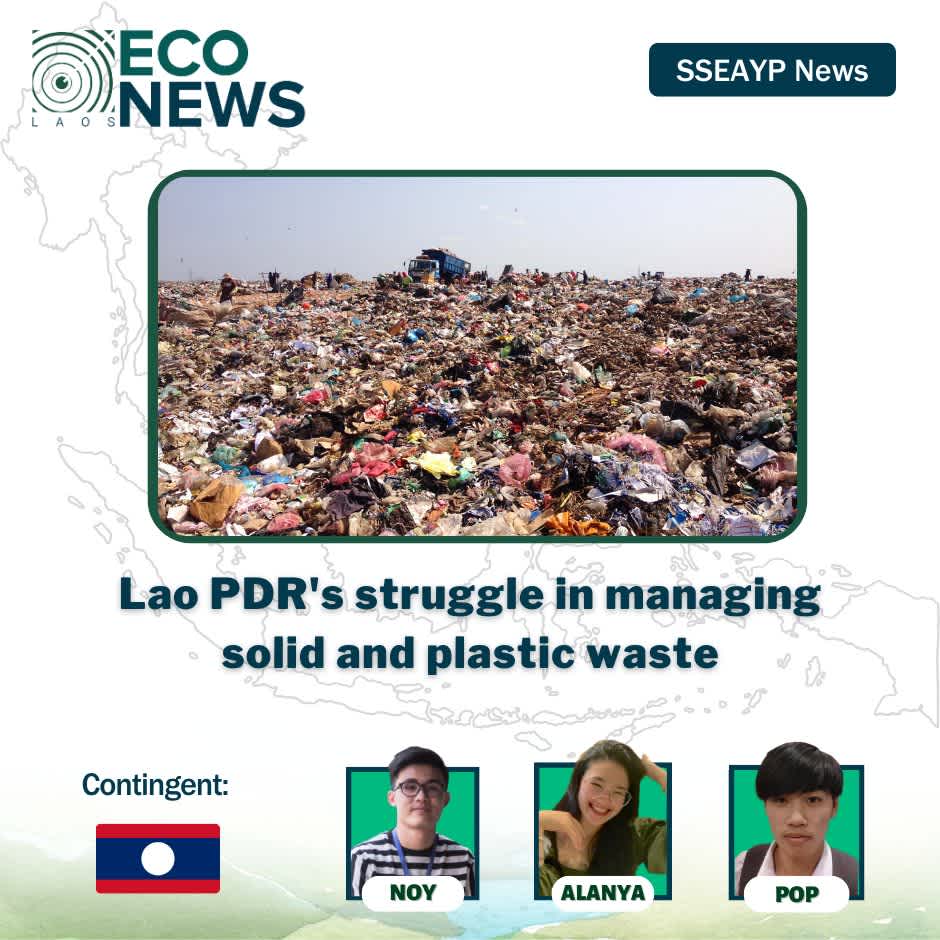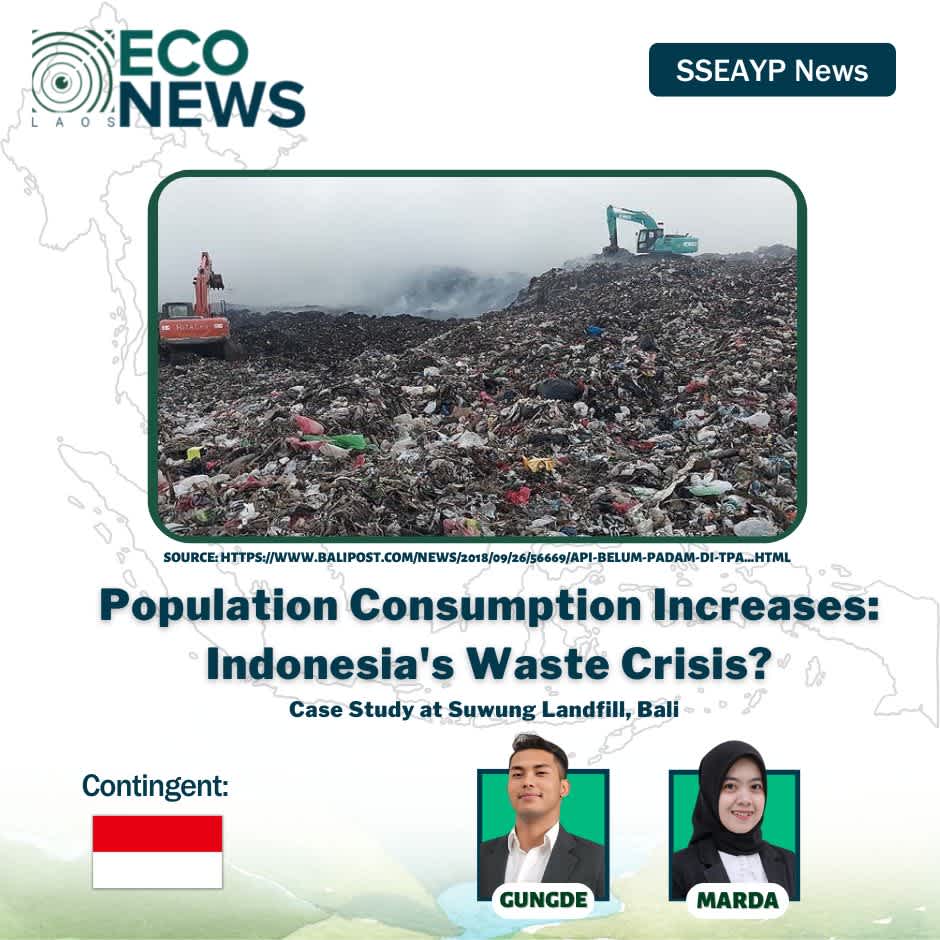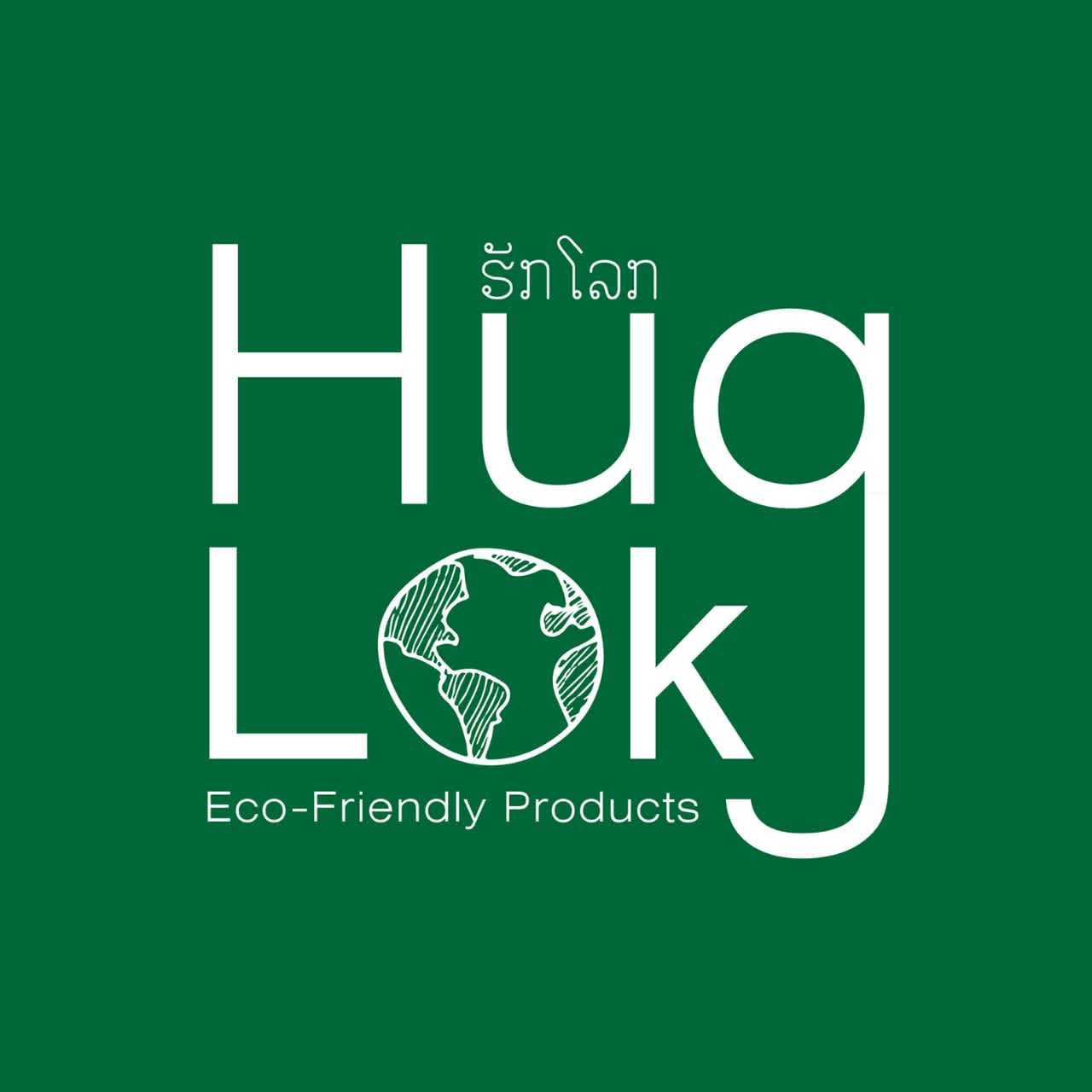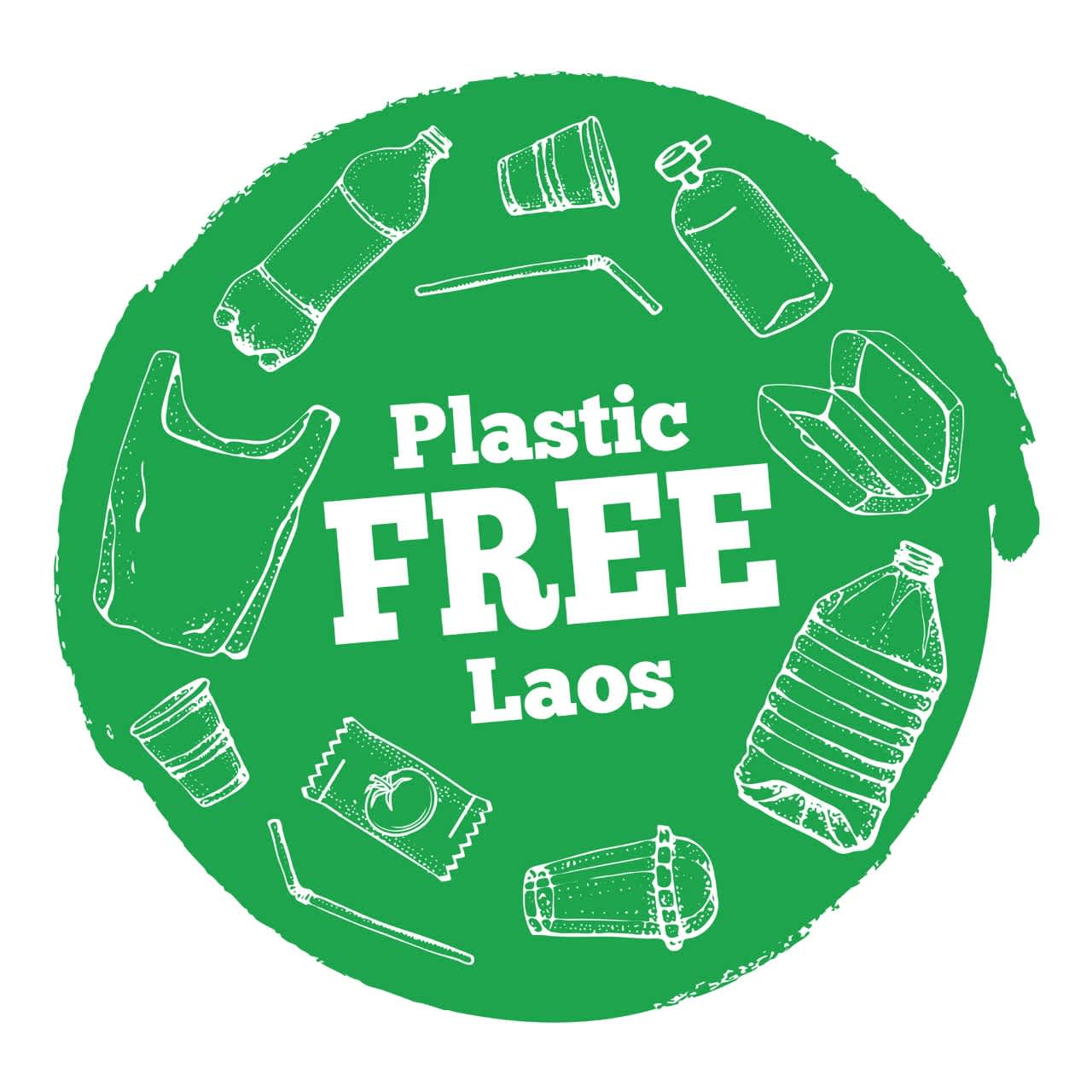English News
Categories:
Page 1 / 2
Page 1 out of 2
Our Sponsor
Ad
Editor's Picks

11 December, 2024
ພູເຂົາເປັນບ້ານຂອງຄົນ ແລະ ແຫຼ່ງກຳເນີດສິ່ງທີ່ມີຊິວິດຫຼາກຫຼາຍສາຍພັນ, ເປັນລົມຫາຍໃຈ ແລະ ເປັນອູ່ເຂົ້າອູ່ນໍ້າສະໜອງຄວາມຢູ່ດີກິນດີຂອງທຸກຊິວິດ. ມີແມ່ນໍ້າສຳຄັນຫຼາຍສາຍກຳເນີດມາຈາກສາຍພູ, ມີພືດພັນ ແລະ ປ່າໄມ້ຫຼາຍຊະນິດທີ່ຫຼໍ່ລ້ຽງຜູ້ຄົນ ແລະ ສິ່ງທີ່ມີຊິວິດອື່ນໆ. ພ້ອມດຽວກັນນັ້ນ, ກໍຍັງຊ່ວຍສົ່ງເສີມການເຕີບໂຕຂອງຊຸມຊົນ ກໍຄືການສະໜອງຊັບພະຍາກອນຕໍ່ການພັດທະນາດ້ານເສດຖະກິດ.

09 December, 2024
ໄພແລ້ງຈາກ El Niño (ເອລນິໂຍ) ສົ່ງຜົນໃຫ້ເກີດພາວະຝົນແລ້ງ ກໍຄືປະລິມານນໍ້າຝົນຈະໜ້ອຍກວ່າປົກກະຕິ ແລະ ອຸນຫະພູມສູງຂຶ້ນ ໄດ້ທໍາລາຍພືດຜົນທາງການຜະລິດໃນຕອນໃຕ້ຂອງທະວີບອາຟຣິກາ ເຮັດໃຫ້ເກີດການຂາດແຄນທາງອາຫານທີ່ກະທົບຫຼາຍກວ່າ 68 ລ້ານຄົນ. ປະເທດຊິມບັບເວເປັນໜຶ່ງໃນປະເທດທີ່ໄດ້ຮັບຜົນກະທົບ ເນື່ອງຈາກເຄິ່ງໜຶ່ງຂອງຈໍານວນປະຊາກອນກໍາລັງຜະເຊີນກັບໄພອຶດຫິວຫຼັງຈາກພົບກັບວິກິດໄພແລ້ງທີ່ຮຸນແຮງໃນຮອບ 40 ປີ ແລະ ຈະຂ້າຊ້າງ 200 ໂຕ ເພື່ອແຈກຢາຍເປັນອາຫານໃຫ້ແກ່ປະຊາຊົນທີ່ກໍາລັງໄດ້ຮັບຜົນກະທົບ.
Talk with us here
Social Media
Facebook
